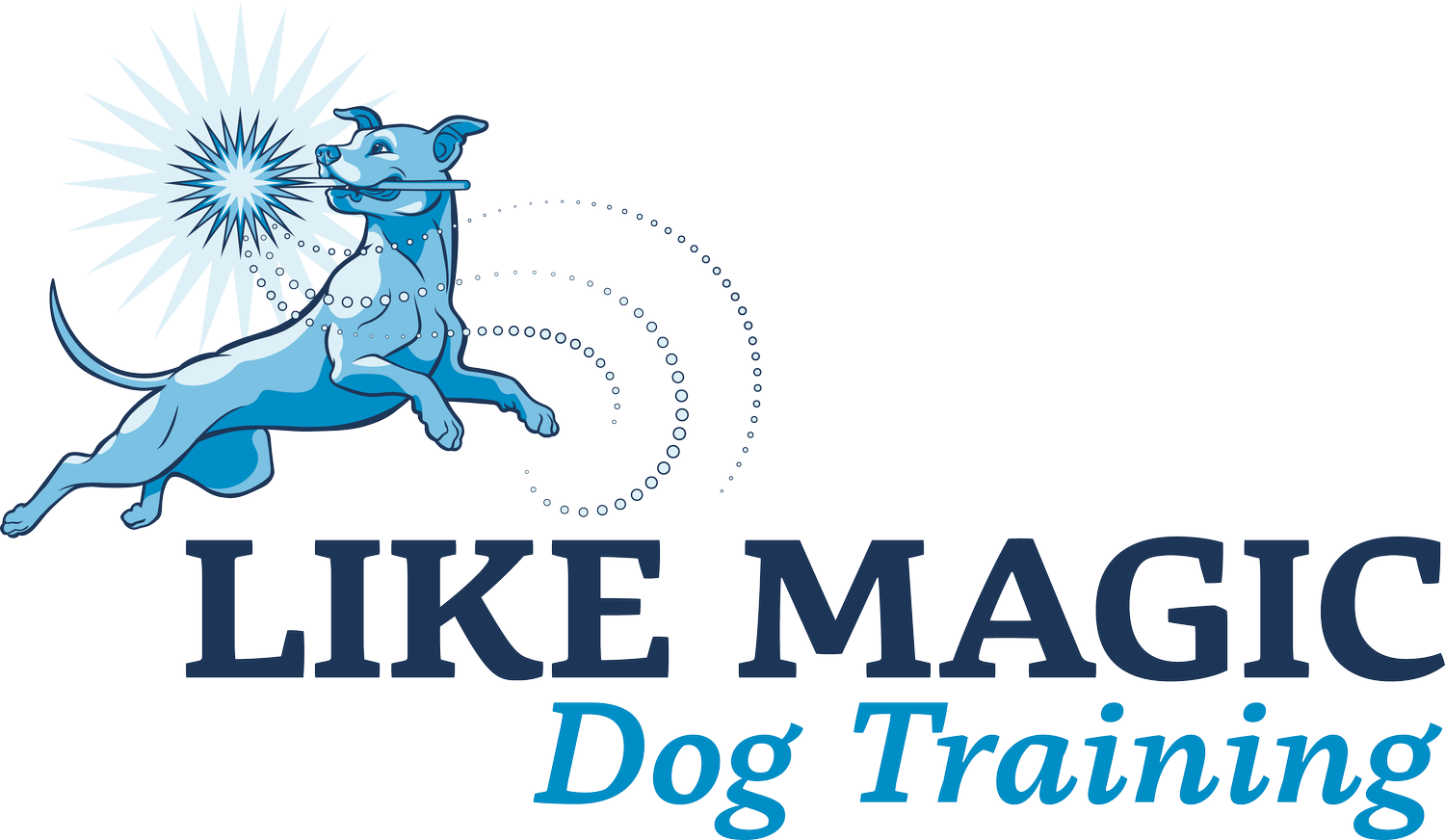Mouse’s biggest training roadblock: Me.
In looking at a timeline for training your dog, after you look at the intrinsic things going on with the dog in front of you, and the environment they’re in, the next step is that ever (un)popular good, hard look in the mirror. And no, the point here isn’t that you need to be a trainer to have a trained dog.
Consistency
Consistency is key - we’ve all heard it, but when I’m looking at my consistency in training that isn’t going well, I want to think about how often I’m training for the results I want, but also how well I have set my dog up in an environment that makes her likely to choose the outcome I’m looking for. If a dog is in a position to practice an unwanted behavior, or has frequent management fails, that indicates there is something in their environment, or something in my actions that needs to be adjusted.
I also look at how often I’m reinforcing the desired behavior. When a dog is first learning a new behavior, a new routine, or a new family, they have no reason to know one rule, one behavior is better than another. Demonstrating, consistently, that certain behaviors get rewarded will see those behaviors repeated.
And lastly I look at if I am consistently meeting my dog’s energy needs. If my dog is not receiving enough mental and physical stimulation, they will absolutely find ways to meet those needs that likely aren’t in line with a peaceful household.
Engagement
If I’m not committed (and consistent) in my training, how can I expect a dog to be! I want to examine how much fun I am making training for my dog. If I’m continually frustrated, exhausted, and distracted during a training session, suddenly it makes a lot more sense why my dog is disconnecting from training, too. Being aware of frustration impacting training matters at both ends of the leash. Likewise, in the case of a management fail, I want to examine my reaction - was it helpful to the dog? Did it help provide clarity over expected behavior, or was it an expression of frustration that confuses or worries them.
Am I in tune with my training environment and do I fully understand the things my dog finds challenging? This is an ongoing process of developing situational awareness so I’m able to continually better evaluate the environment and make the best choice for the expectations I set for my dog.
Expectations
Continually questioning if your expectations are fair, based on your own consistency and engagement in training, and what you know of your dog’s intrinsic motivations and environmental triggers, will affect hwo quickly and efficiently training takes effect. There is a common maxim: “Train the dog in front of you” - if you are not doing, not in the present moment and instead considering what your dog usually can do or what they can do at home or what they’ve been able to do in the past…you waste precious moments (as you can see in the linked post) to react and train the dog before you in the present moment.
Once the reaction is addressed, your efficacy in training is going to depend upon what you do next and how you evaluate your surroundings. Are you continually putting your dog in situations they can’t handle? A busy neighborhood, like the ones so many of us live in, is not an easy place for a dog to maintain neutrality if they struggle with reactivity or fear. Continually presenting situations they can’t handle can slow their overall progress.
But so can stagnation. If your dog is never challenged, never pushed, they can’t progress either. Dogs, like people, need to incrementally increase the difficulty of a task in order to perfect a behavior or reaction. Train the dog in front of you - if they are struggling in their environment, make things easier. If they are excelling, continue pressing forward.
Just know that tomorrow, they may be in a different spot altogether.
The final piece of this puzzle is asking yourself what this question really means, anyway?
Is your dog ever “Trained” (capital T)?





